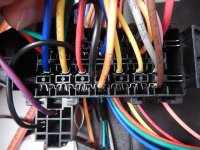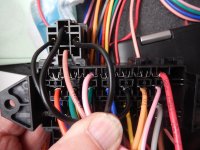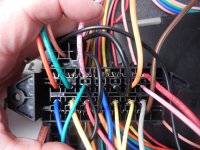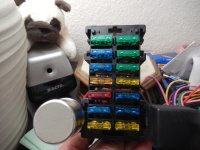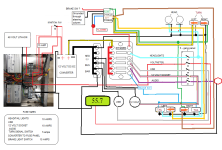ZeroEm
1 MW
Think that thing is looking good! Just keeps getting better.
ZeroEm said:Them lights are bulky, more than imagined. They look good don't they. Gives your rod that attention grabber.
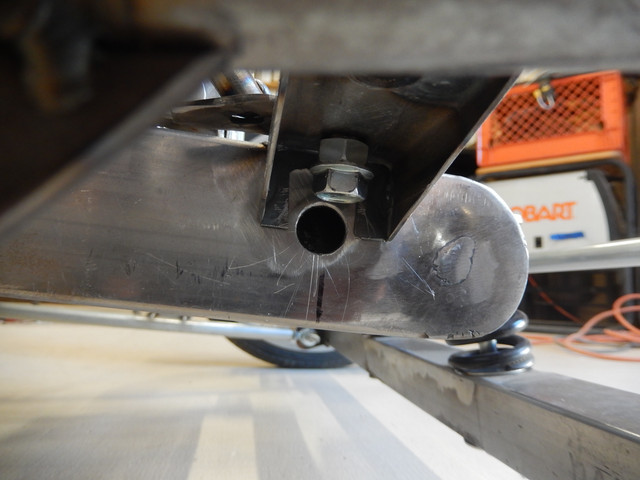
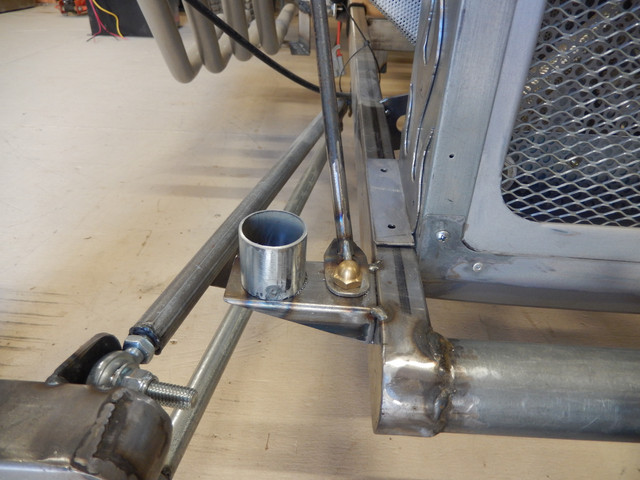

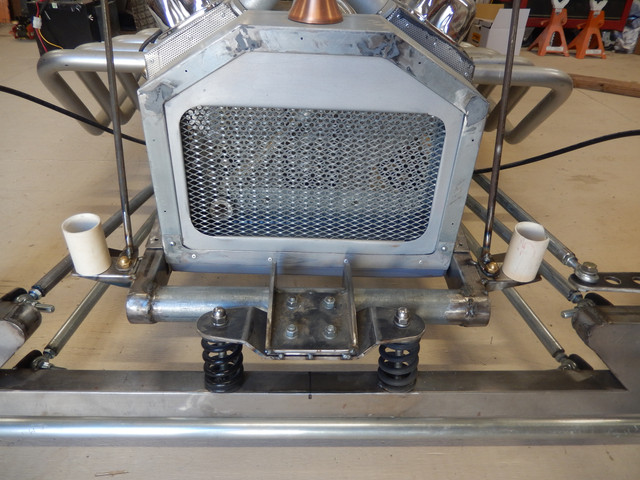
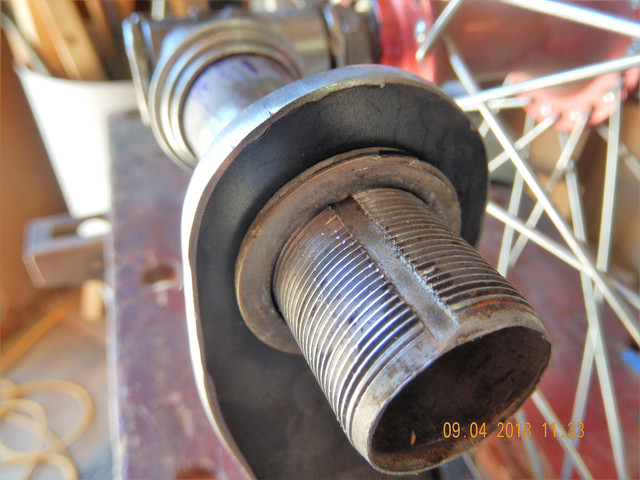
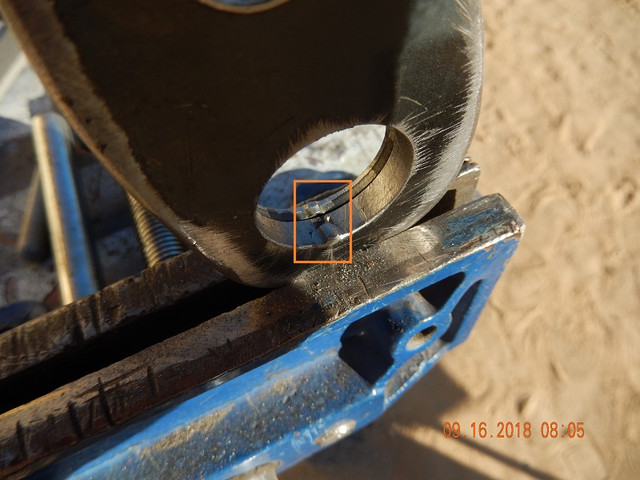
This kit has circuits for A/C, Ignition/Battery, Gauges, Brake switch, Flasher, Headlight, Wiper, Ignition, Battery/Hazard, Ignition On, ACC 1, Heater and, ACC 2, Fusible Link and, Butt Connectors.
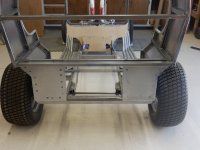
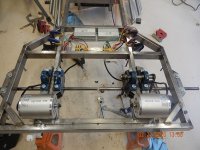
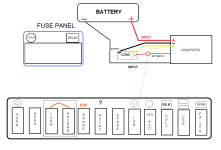
fechter said:The relay would be useful for any loads that are too big for a switch. You may not need it.
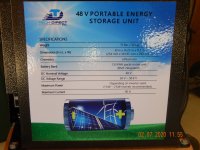


All batteries are potential fire hazards.Just_Ed said:Some of my research on (you know the youtube academy of higher learning) tells me these types of batteries (specifically the type I have) are potential fire hazards.
Is the existing battery switch something that completely disconnects the internal electronics (BMS, meter, etc) from the cells? If not, then it doesn't really matter whether the switch is inside the battery or outside it.Q1 - While in the learning phase of this type of power source, is it safe to leave the battery on, and use an external on-off for the system? I'm thinking this isn't a good idea.
Longevity? Unlikely.Q2 - Will leaving the battery in the on position, on this type power source/battery - say out for the day at an event of some sort, have any adverse effects or on its longevity (depleting power), etc?
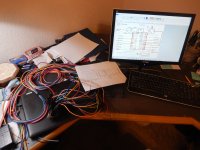
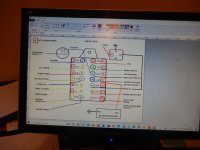
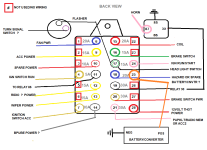
I guess it doesn't come with an ignition key switch. With a car, the key has ACC, OFF, ON, START. The start position is spring-loaded and returns to ON. You don't need the start line.
I assume the relay was intended for a horn. I'm not sure if your dc-dc has enough power to drive a regular car horn. Possibly a small one.
I'd recommend tracing out the fuse block to see which terminals are internally connected. You can figure things out from there. Your layout needs to be a little different than a hot rod since your 12v is coming off the dc-dc. There are a lot of things there you probably don't need to use or worry about.

